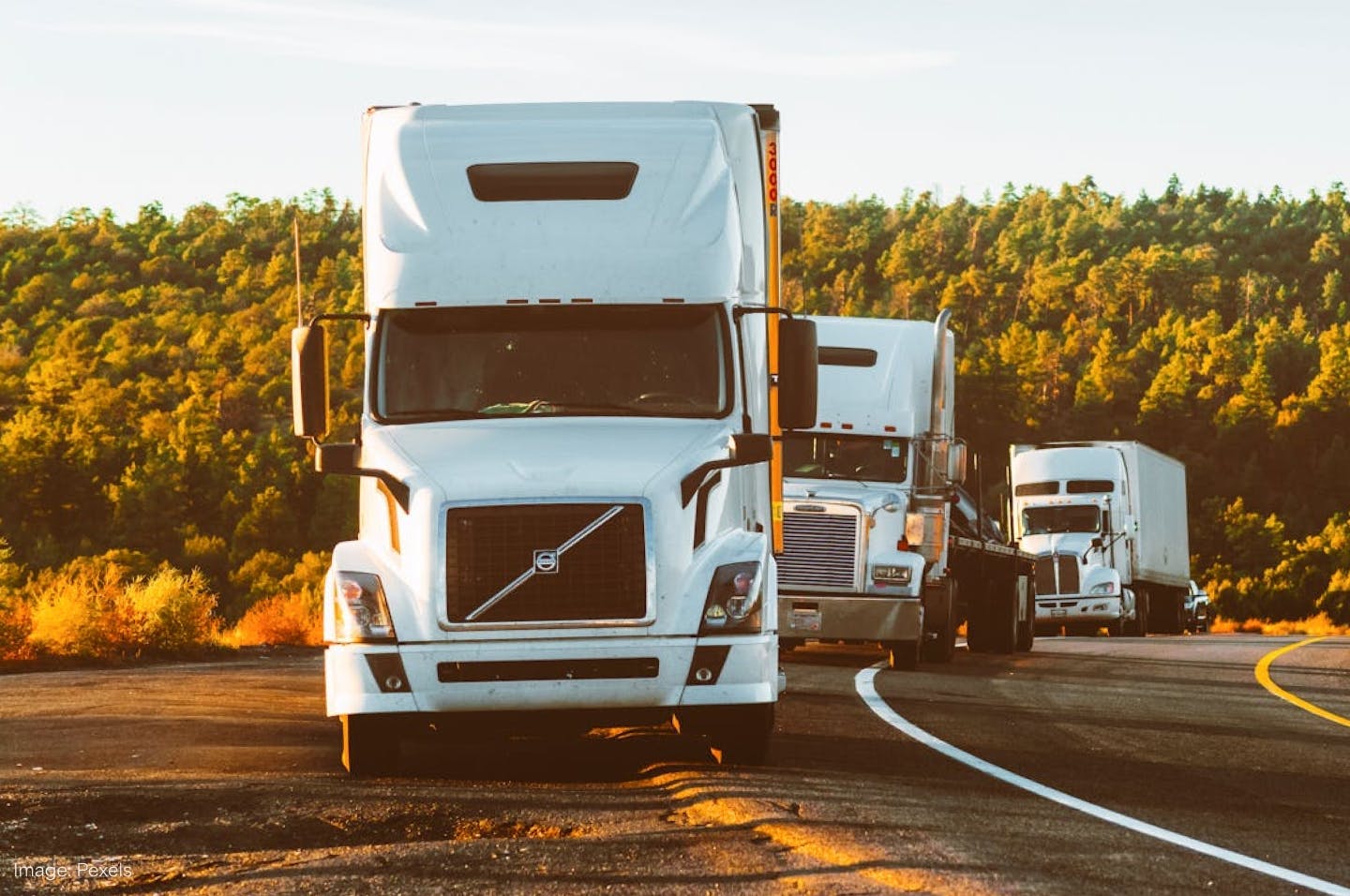
Hashing
Crypto mining demands ever more powerful equipment. But as new machines are deployed, old ones leave a concerning environmental footprint.
Ever since the Bitcoin network went live in 2009, its transaction output has consistently grown stronger, managing tens of millions of transactions per month and moving trillions of dollars on a regular basis. This scaling happened thanks in no small part to the miners: people who provide computers to make the calculations of the cryptographic algorithm that verifies transactions and secures the network, and who get rewarded in Bitcoin.
Bitcoin mining was initially conducted using ordinary desktop computers by enthusiasts of the decentralised finance (DeFi) – the reward was mostly symbolic. But it quickly became big business, with miners being able to extract a daily combined revenue above US$100m at the peak. As crypto mining became highly profitable, a hardware arms race kicked in. The search for cutting-edge GPUs that could mine more crypto faster helped create a chip shortage. Nvidia ($NVDA) even went as far as limiting the mining capacities of some of its graphics cards to ensure their availability for other purposes.
Regardless, the days when you could mine Bitcoin with your souped-up PC are long gone. To stand a chance to be profitable, miners now run their operations on application-specific integrated circuits (ASICs). These computers are specifically designed and optimised for solving only Bitcoin’s SHA-256 algorithm with maximum efficiency, including in terms of energy use. Some can go for tens of thousands of dollars.
But ASIC chip efficiency advances fast, resulting in more powerful devices that replace older ones. And since the hardware is unsuitable for any use other than Bitcoin mining, it’s sold for scraps or discarded. It is estimated that 30,700 tons of ASICs and related equipment are scrapped annually – a similar figure to all e-waste generated by countries like the Netherlands.
Last month’s Bitcoin halving slashed the miners’ rewards from 6.25 BTC to 3.125 BTC, adding more pressure to the profitability of mining. As they get paid less BTC per validated block, their Bitcoin breakeven price rises, with varying impacts; while Riot Platforms ($RIOT) can break even with Bitcoin trading at US$7,539, Hut 8 ($HUT) needs prices to stay above US$18,815 and Marathon Digital’s ($MARA) breakeven price sits at an alarming US$43,000. Should Bitcoin fall below certain thresholds, many miners are likely to retire their ASICs, pack up and leave the business.
To mitigate these risks and diversify, some are looking at another field that relies heavily on powerful computers and gigantic data centres: artificial intelligence. Though ASICs can’t be used to train large language models like OpenAI’s GPT-4 or Google’s ($GOOG) Gemini, the cooling equipment used for Bitcoin mining can be repurposed, as can the access to cheap and secure electricity. While a crypto/AI combo might seem like a buzzword mashup, it might be just what Bitcoin miners and our environment need.

.jpg&w=3840&q=75)